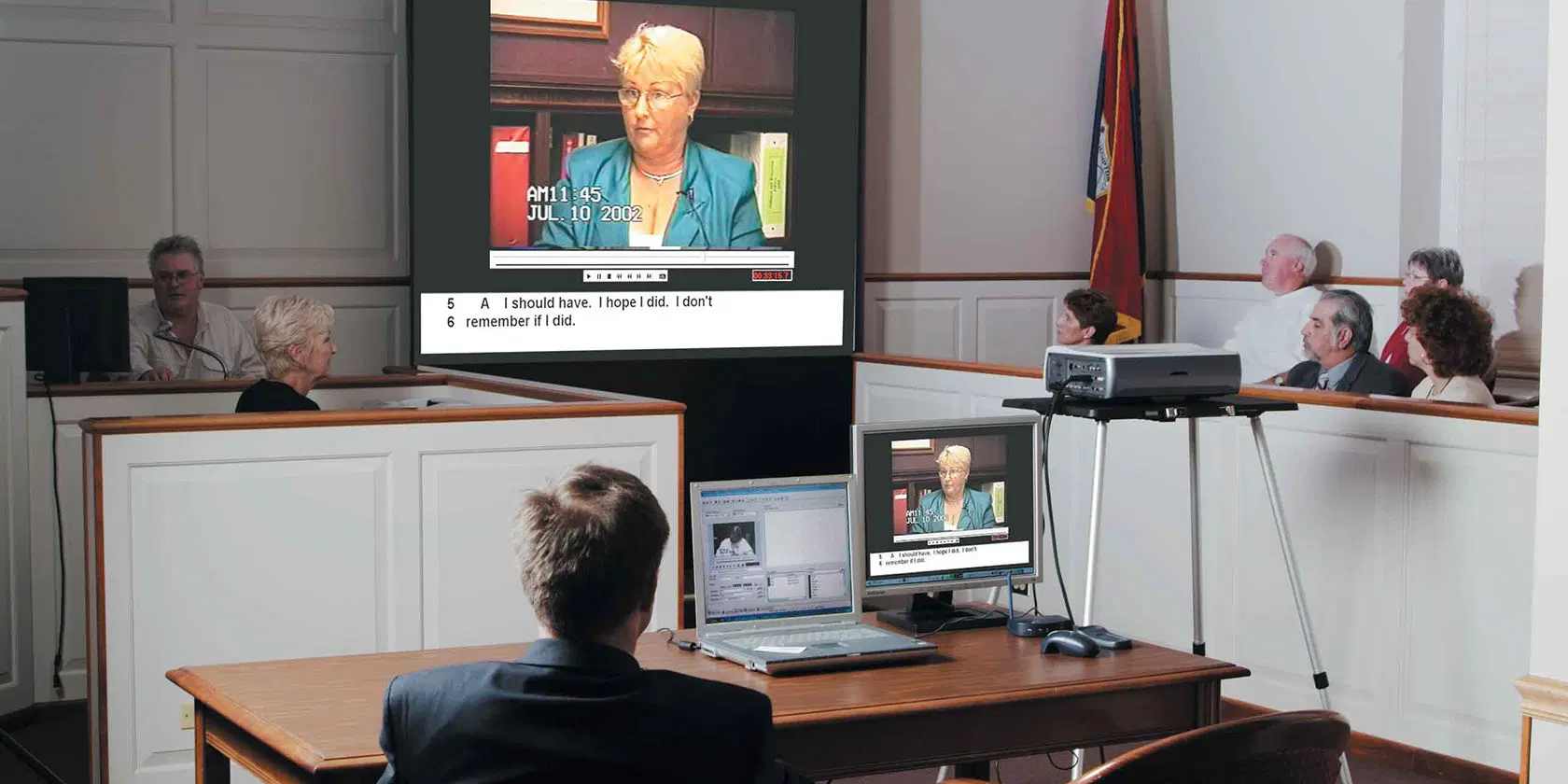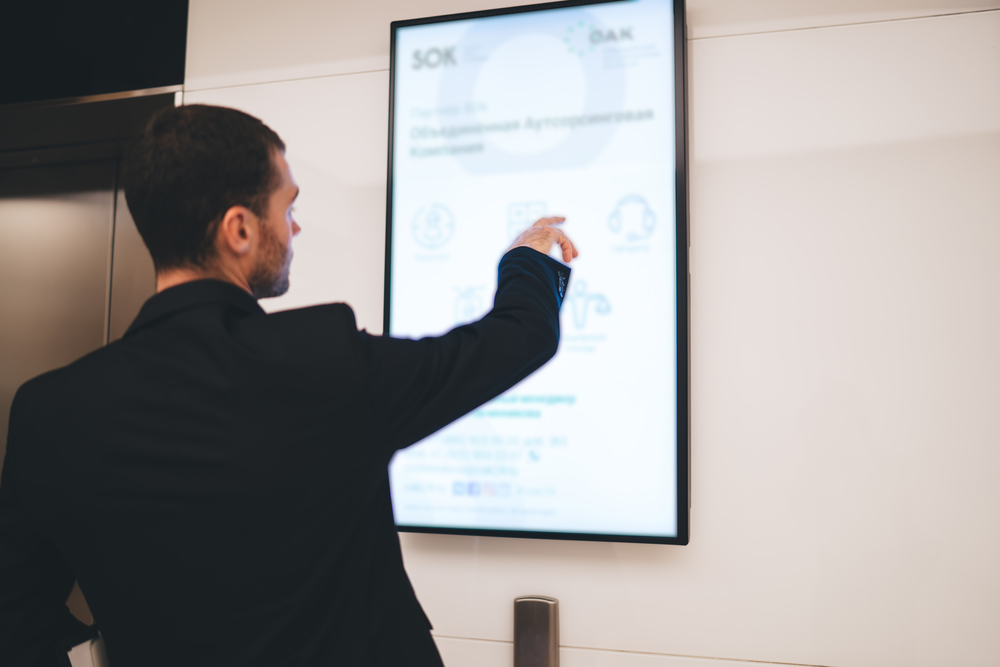Attorneys use custom trial presentations to support their cases.
Attorneys use custom trial presentations to support their cases.
Blog Article
Exactly How Trial Presentations Enhance Your Disagreement and Persuade Jurors
Test presentations function as a pivotal device for boosting lawful disagreements and convincing jurors. By integrating aesthetic aids, narrative frameworks, and psychological involvement, lawyers can produce an engaging case that reverberates on numerous degrees. The critical use visuals not only clarifies complex details but also records jurors' interest more effectively than words alone. Nonetheless, the art of narration plays a just as critical duty in changing valid evidence into an engaging narrative, forming jurors' assumptions - trial presentations. Comprehending these components can significantly affect test results, increasing the concern of how each component adds to this complex dynamic.

Importance of Aesthetic Aids
Aesthetic help play a crucial function in enhancing the performance of test presentations, as they can dramatically raise audience engagement and retention of information. In the context of a test, where jurors are charged with processing complicated info, aesthetic aids serve to simplify and clear up bottom lines. Charts, graphs, and photos can communicate information and concepts that may or else overwhelm or perplex jurors, enabling an extra straightforward understanding of the proof provided.
Furthermore, visual aids help in preserving juror focus throughout the proceedings. By breaking the monotony of verbal testament, these devices can stress essential disagreements, making them much more memorable. Efficient aesthetic help can additionally stimulate emotional responses, which can be crucial in encouraging jurors to line up with the presenter's narrative.

Crafting Compelling Stories
An engaging story is vital in test discussions, as it functions as the backbone of reliable persuasion. It allows lawyers to weave with each other truths, proof, and psychological components right into a systematic tale that resonates with jurors. This narrative structure allows jurors to recognize the intricacies of the instance while guiding them through the lawyer's argument.
To craft an engaging narrative, lawyers must concentrate on clearness and coherence. This entails establishing a clear protagonist-- typically the customer-- and detailing their trip with the occasions in inquiry. Providing the facts in a rational sequence boosts comprehension and maintains engagement. Furthermore, using vivid descriptions can develop psychological images that assist jurors envision the events, making the narrative much more memorable.
Furthermore, integrating vital styles throughout the presentation reinforces the core message and aids in retention - trial presentations. The story ought to not just share details but likewise stimulate a feeling of justice, highlighting the stakes included. Ultimately, a well-constructed story cultivates a connection in between the jurors and the instance, placing the attorney's disagreement as both reputable and engaging, thereby boosting the likelihood of a favorable decision

Engaging the Court Emotionally
Effective court interaction rests on the lawyer's ability to get in touch with jurors on a psychological degree. This link can considerably influence jurors' understandings and their best decision-making. Utilizing psychological charms permits lawyers to humanize the instance, Click Here transforming abstract legal principles into relatable experiences. By presenting real-life stories or testimonies, attorneys can evoke compassion and compassion, cultivating a much deeper understanding of the issues at stake.
Visual help, such as photos or videos, can additionally improve psychological involvement, offering jurors with brilliant depictions of the instance's human elements. Crafting a narrative that highlights the struggles and triumphs of the individuals entailed makes sure that jurors see beyond the lawful disagreements and recognize the human effects of their decisions.
In addition, tone and body language play an important duty in conveying feeling. A lawyer's passionate delivery can resonate with jurors, strengthening their psychological financial investment in case. It's vital to stabilize sob stories with factual proof, making sure that jurors feel compelled to act while staying based in the fact. Eventually, an emotionally engaged court is more probable to be convinced, making psychological connection an important component of reliable test presentations.
Structuring Your Discussion

The body of the discussion should be realistically segmented into key factors, each supported by engaging evidence. It is helpful to make use of storytelling strategies to weave realities right into a narrative that jurors can quickly comply with. Visual aids, such as graphes and videos, can enhance comprehension and involvement, helping to highlight vital pieces of evidence.
Real-World Study
Examining real-world case studies offers vital insights into the art of trial presentations and persuasion. The protection group successfully employed an approach that combined prominent specialist testaments with multimedia discussions, which captivated jurors and inevitably influenced their choice.
Another significant instance is the "McDonald's Coffee Case," where the plaintiff's lawyers utilized visuals images of the injuries received by Stella Liebeck. trial presentations. This stark aesthetic evidence played an essential duty in communicating the severity of her burns, bring about a substantial court award. Such situations show that my company impactful test discussions typically pivot on the efficient combination of visuals and storytelling to stimulate emotional reactions from jurors
In addition, the "Casey Anthony Trial" highlighted the relevance of narrative coherence and integrity. The prosecution's failing to develop a compelling timeline lessened their convincing power, highlighting the need of a well-structured discussion. Evaluating these situations exposes that effective trial presentations need tactical preparation, emotional engagement, and the ability to reverberate with jurors' worths and beliefs.
Final Thought
Trial presentations dramatically boost disagreements and convince jurors through the critical usage of aesthetic help, compelling stories, and psychological engagement. A well-structured discussion equilibriums emotional allures with valid proof, inevitably resonating with jurors' values.
Report this page